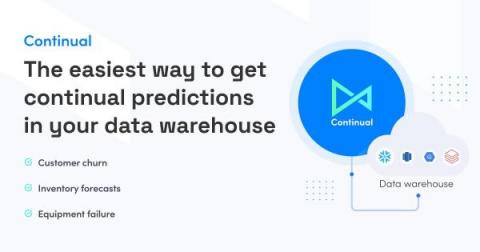Accelerating AI-based search in the cloud with ThoughtSpot for Snowpark
We’re all familiar with how Google Search revolutionized information processing for consumers. The ingenious combination of AI with a new way to organize content on the web created a user-friendly experience that forever changed how the world finds relevant information on the internet.











